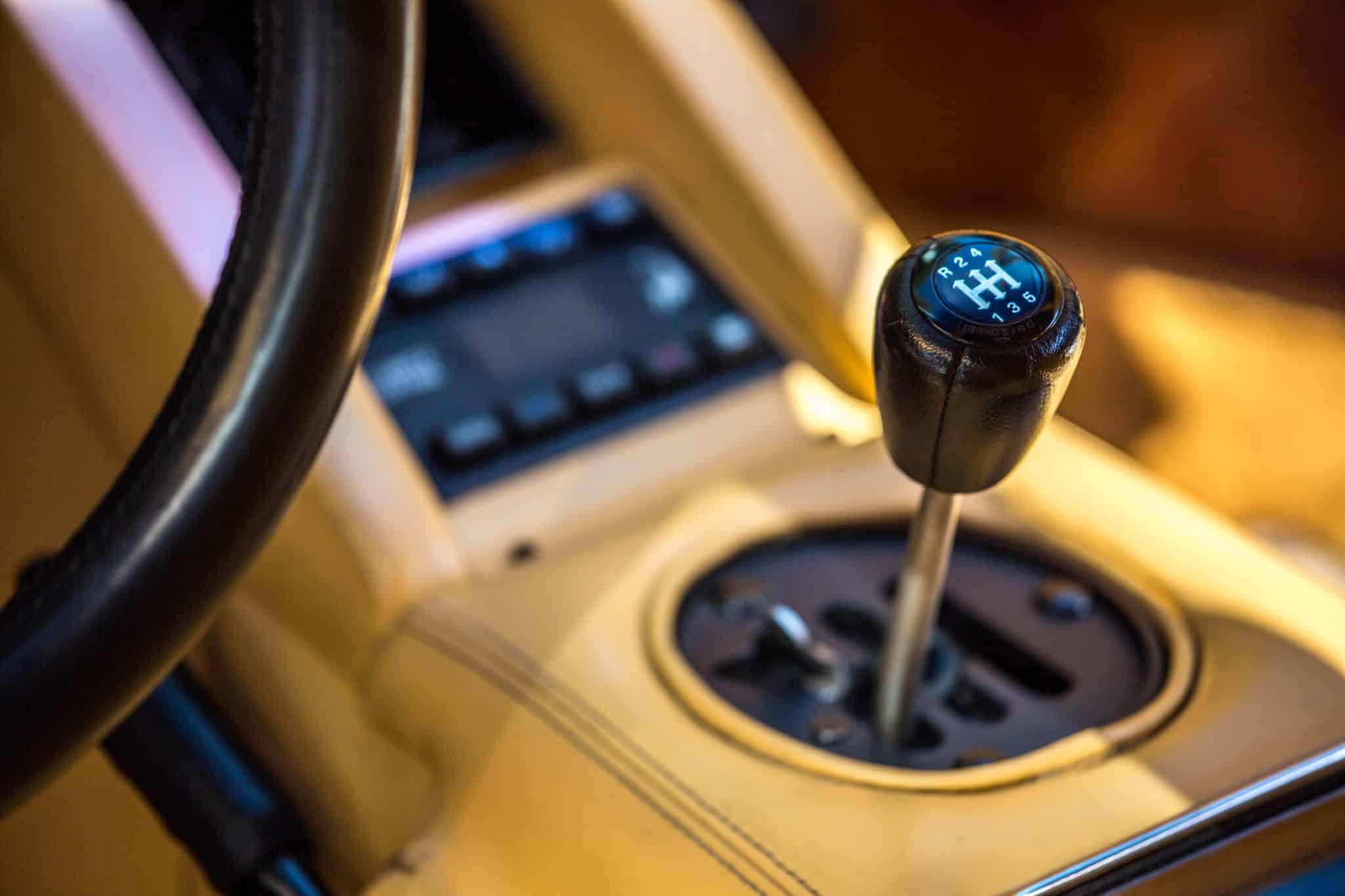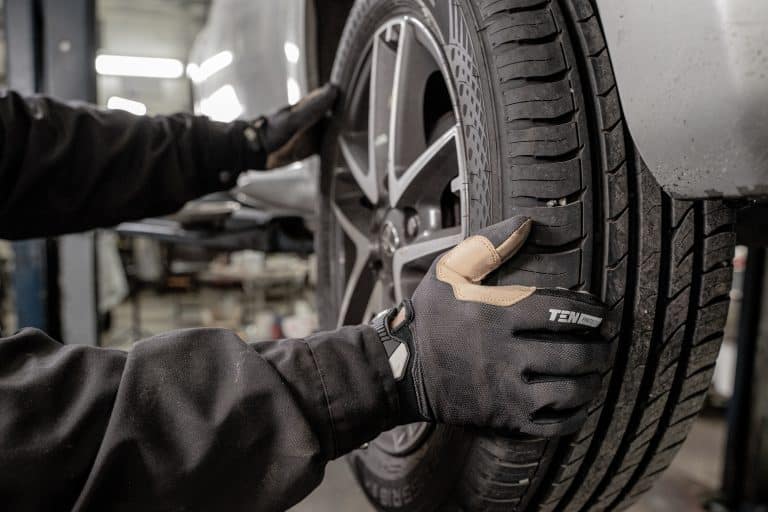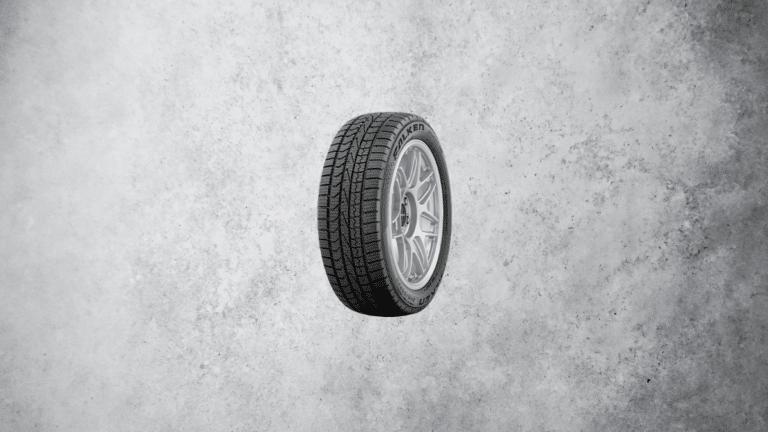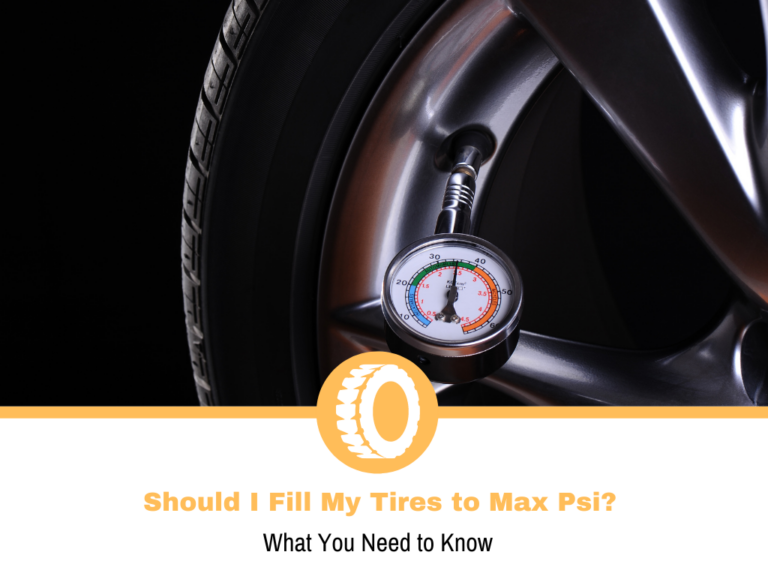What Does “O/D Off” Mean?
As a site that has “tire” in the title, it’s natural to expect to talk about tires. With that said, occasionally we like to answer some miscellaneous car-related questions that are plaguing the internet. Tires are part of a car, so there is some kind of correlation here.
Among the many mysteries in the automotive industry, the one I’ve chosen for today is that little light on your dashboard saying “O/D Off”. I’ll explain what it means, how it works, and what its intended purpose is. To be fair, it’s ancient, but not all people have new cars, so some cars you’ll see on the road are having it.
Before I explain O/D, there’s an important thing to explain in order to fully understand how the feature works.
How does a car move?
I’m starting off simple and will introduce more and more phrases and explain them. In the simplest terms, a car needs an engine, transmission, and wheels to move. For the sake of this guide, we’ll ignore every other critical component.
As the engine is running, it spins a crankshaft, which is connected to the transmission that is connected to a driveshaft that spins the wheels. People that are well-versed in the matter will cringe at this explanation, but as I said, I’m keeping things as simple as possible.
The engine is running at a certain range of revolutions per minute or RPMs. They usually range from around 700-800 to several thousand, depending on the engine. Connecting the engine directly to the shaft will result in tires that spin at the same speed as the engine, which doesn’t work well. Cue the transmission.
A transmission is a box of gears that takes the power of the engine and transfers it to the wheels through the driveshaft. The main component here is the gears that define something called gear ratio.
What is a Gear Ratio?
The most rudimentary explanation of a transmission is that it has two sets of gears, input, and output. The first set spins with the engine, while the second one transfers the power to the wheels. As for the ratio, manufacturers determine that based on the number of teeth on the input and output gears.
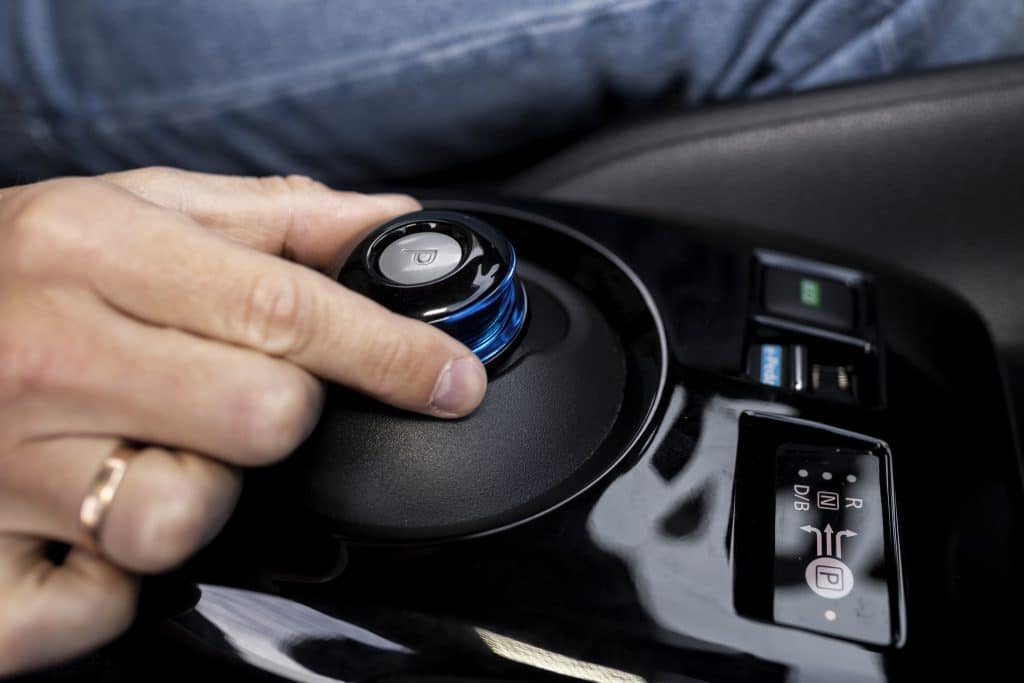
A gear ratio is a set of numbers that show us the difference in the number of rotations the input and output gears make. For example, your car’s 1st gear ratio may be 4:1, meaning that for every 4 rotations of the input gear, the output gear makes only 1 rotation.
Because of this, you’ll need higher RPMs to get your wheels spinning just a little bit. On the opposite side of the spectrum, your 6th gear may have a ratio of 0.5:1, meaning for half a rotation on the input gear, the output one makes a full rotation. In the olden days, this was called overdrive, which brings me to today’s topic.
What is O/D?
O/D stands for overdrive and is found in older cars with automatic transmissions. Some of us remember times when cars had 3 gears, which was fine for driving around town. The problem with that was that the ratios weren’t as flexible as the ones we have today.
Most times the drive ratios were over 1:1, a little thing often referred to as a final drive – where the input and output spin at the same speed. The idea behind overdrive in that era was to keep things civilized at higher speeds.
Imagine this. You’re driving in 3rd gear on the highway, doing 70. Due to the gear ratios, your engine will be screaming at around 3000 or maybe 4000 RPM. This can hurt the economy, your ears, and the longevity of the engine. Overdrive fixes this problem by “changing” the ratio to something lower than 1.
Manufacturers achieved this by implementing a smaller gear in the transmission, which changed how the entire transmission worked. All gears had a reduced ratio, which made this a poor choice for driving around town as it crippled the torque figures.
The idea of overdrive was for it to be used only on the highway, as you could drive at higher speeds while keeping the engine RPMs lower. In an era where the engines weren’t as quiet and sound insulation was found in spaceships, it was a blessing.
What does O/D Off mean?
Considering that O/D means overdrive, seeing the little light on the dashboard means that you have the feature turned off. You’ll find this light on cars from an era where automatic transmissions had more gears with a final drive lower than 1.
In these situations, the transmission won’t use the gears with a ratio lower than 1, which can be beneficial in some situations.
When to turn off O/D?
The important thing to note here is the kind of O/D you have. Cars from the 60s had a mechanical overdrive setup, and I already mentioned that you should turn it on only when driving on the highway. You should have it turned off when driving around town.
The newer cars that had smarter transmissions had a different kind of O/D on or off function. In these situations, turning off the overdrive function meant that the transmission won’t use any gear that has a ratio lower than 1.
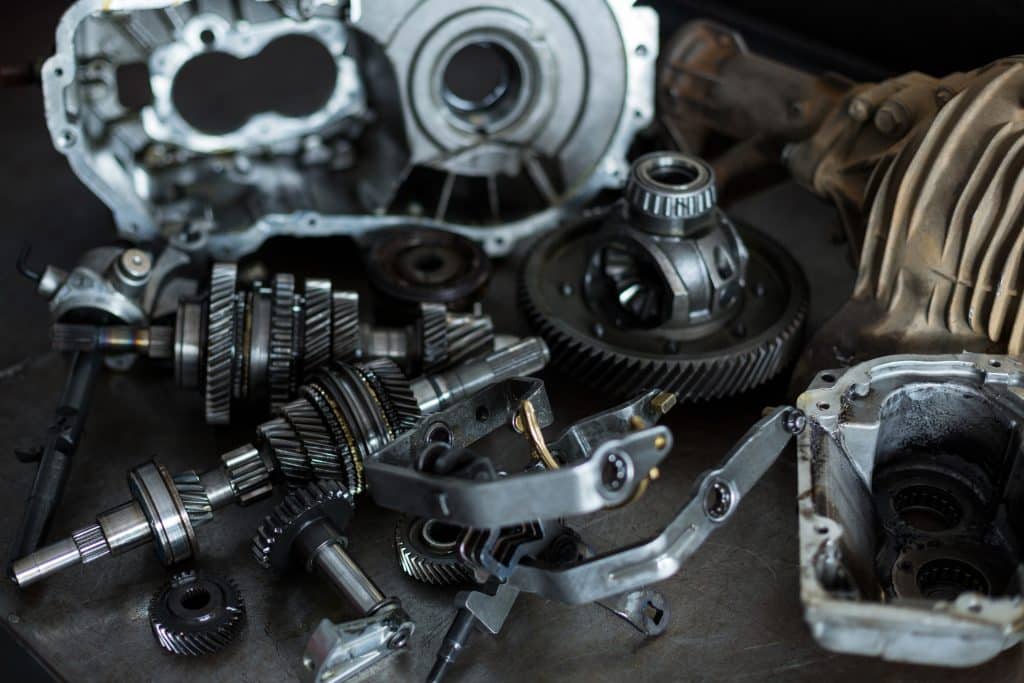
Regardless of which type you’re looking at, there are situations where overdrive is great, but in others, it can be a problem. Around town, you barely get into the highest gear, so it doesn’t make too much difference. With that said, the overdrive function can be helpful in some situations.
Let’s look at my IS250. The transmission is automatic with 6 gears and isn’t the quickest one to respond. If I’m driving on an incline at around 50-something mph, it goes into 6th gear and the car feels like it’s struggling. In these cases, I need to give it more gas and wait a while for the transmission to go into a lower gear.
A great workaround is a feature that’s like the older overdrive ones. The car has a sport more (what a joke Lexus) on the transmission, which prevents it from going into 5th and 6th gear. The engine will scream at higher speeds, but it won’t feel like it’s suffocating trying to go up.
It’s a similar story when you’re towing. Heavy cargo usually requires more torque to get going, so driving in a lower gear is better. Once you reach a certain speed, the transmission will shift into the last gear, leaving you with nothing on the table. In this case, turning off the overdrive function will save you from poor pulling power.
Is there an O/D on a manual transmission?
The overdrive function is also available on a manual transmission and is called the clutch. When driving a manual car, you have full control over the gears, so instead of driving in 6th on an incline, you can leave it in 4th and have no problems.
Conclusion
Considering how smart today’s cars are, some features we had in the good old days are dying out. To be fair, the overdrive function isn’t exactly dead, but it’s not a feature that car manufacturers advertise. Today’s automatic transmissions are pretty good at figuring things out, so you won’t need to worry too much about that.
With that said, some people drive older cars, so they may be in a situation where they need to fiddle with overdrive. If you’re one of them, this guide should set you back on track, as you now know what it is and how to use it.
